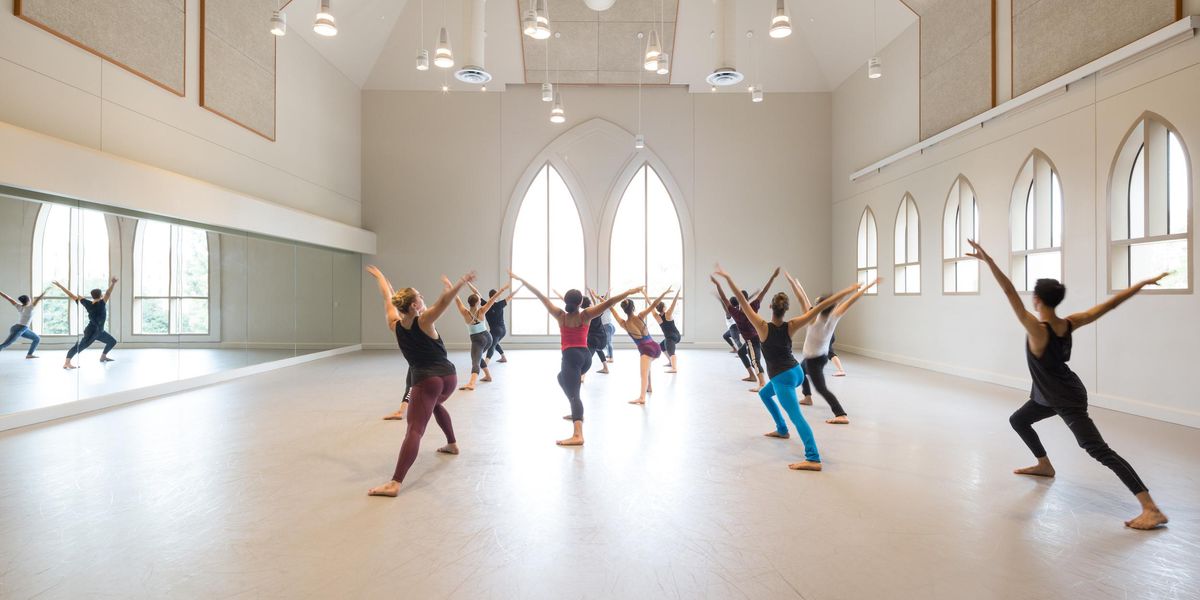Ballet Companies: Stop Tokenizing Dancers of Color in Your Marketing Materials
Fans of the sublime English National Ballet first artist Precious Adams were probably excited to see her image splashed across the company’s website in a promotional image for an upcoming production of Swan Lake.
But those who took a closer look were met with a disappointing reality: Adams, who is the only black woman in the company, is not listed on the principal casting sheet for the production.
Luke Jennings, dance critic at The Observer, first pointed out the issue on Twitter, and the company responded:
@LukeJennings1 Hello Luke! The concept of our poster is to show with beauty and simplicity how a ballerina transfor… https://t.co/vxUwZDhOmX— English National Ballet (@English National Ballet)1544002105.0
@LukeJennings1 Precious is featured in Swan Lake, performing roles incl. Lead Swan (as pictured), pas de trois, pri… https://t.co/VsBzerrKFp— English National Ballet (@English National Ballet)1544002197.0
Yes, Adams is only a first artist, so it would have been unusual—though not unheard of—to see her perform Odette/Odile. And the company argues that the photo depicts her as Lead Swan, a respectable but not particularly significant role. But wouldn’t anyone looking at the photo assume that Adams would be playing Odette?
It’s a misleading choice at best; a manipulative one at worst. But ENB isn’t the only company to use dancers of color in their marketing more than they feature them onstage. New York City Ballet prominently features black dancers Olivia Boisson and Christopher Grant in their marketing, but rarely casts them in proportionate roles. (They feature some of their other dancers of color—like Rachel Hutsell and Preston Chamblee—rather frequently, too, but at least these dancers get the roles to match.)
This is not an argument for whitewashed marketing. But companies can’t slot dancers of color into their photoshoots and marketing videos to make themselves appear “diverse”—a term that has come to be a commodity for institutions vying for funding and audiences—and then not give them casting opportunities (or promotions, for that matter). This amounts to tokenism, and taking advantage of dancers who deserve better.
So please, use images of your dancers of color. (We know how powerful representation is for aspiring dancers, after all.) But also cast them. Invest in their success. Promote them. Acknowledge the emotional labor that it takes to be an artist of color in such a white art form. Because otherwise, the image of “diversity” you’re hoping to portray is just a sham.




